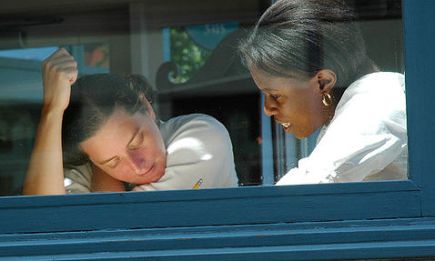Technology-enhanced tailored learning

The research, done by University College London and Goldsmiths, indicates that children are often affected by more than one learning disability. The study hopes to clarify the underlying causes of learning disabilities and discover the range of possibilities to tailor teaching and learning for affected pupils and teachers.
Specific learning disabilities arise from atypical brain development with complicated genetic and environmental causes, causing such conditions as dyslexia, dyscalculia, attention-deficit, autism and specific language impairment.
Co-occurrence of learning disabilities
Most of these disorders by themselves will make learning a lot harder for affected pupils. An additional problem is that specific learning disabilities also co-occur far more often that would be expected. Children with attention-deficit disorder for example, suffer in 33 to 45 per cent of the time also from dyslexia and in 11 per cent from dyscalculia.
Researcher Professor Brian Butterworth from UCL said: “We now know that there are many disorders of neurological development that can give rise to learning disabilities, even in children of normal or even high intelligence, and that crucially these disabilities can also co-occur far more often that you’d expect based on their prevalence.
Tailored support
“We are also finally beginning to find effective ways to help learners with one or more learning disabilities, and although the majority of learners can usually adapt to the one-size-fits-all approach of whole class teaching, those with SLDs will need specialized support tailored to their unique combination of disabilities.”
As part of the study it is summarized what is currently known about learning disabilities neural and genetic basis to help clarify what is causing these disabilities to develop, helping to improve teaching for individual learners, and also training for school psychologists, clinicians and teachers.
The researchers hope that by developing an understanding of how individual differences in brain development interact with formal education, and also adapting learning pathways to individual needs, more tailored education for pupils with learning disabilities will be developed.
Professor Butterworth said: “Each child has a unique cognitive and genetic profile, and the educational system should be able to monitor and adapt to the learner’s current repertoire of skills and knowledge.
“A promising approach involves the development of technology-enhanced learning applications, such as games, that are capable of adapting to individual needs for each of the basic disciplines.”
Meest Gelezen
Vrouwen houden universiteit draaiende, maar krijgen daarvoor geen waardering
Wederom intimidatie van journalisten door universiteit, nu in Delft
‘Burgerschapsonderwijs moet ook verplicht worden in hbo en wo’
Raad van State: laat taaltoets nog niet gelden voor hbo-opleidingen
Hbo-docent wil wel rolmodel zijn, maar niet eigen moreel kompas opdringen

